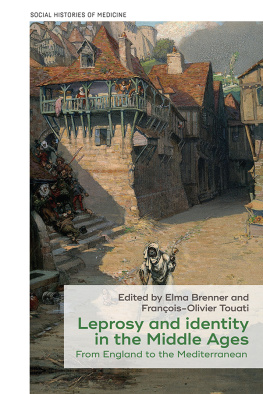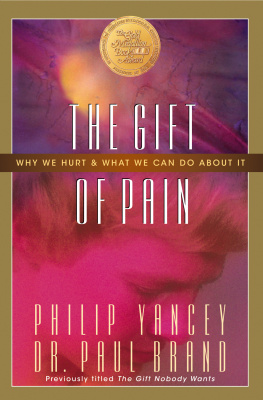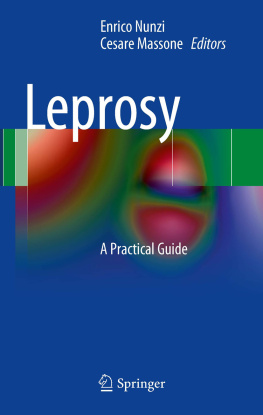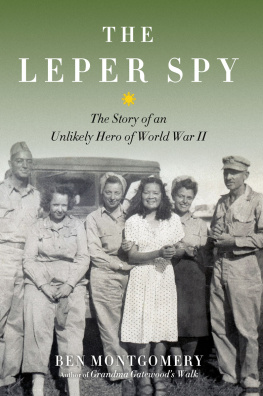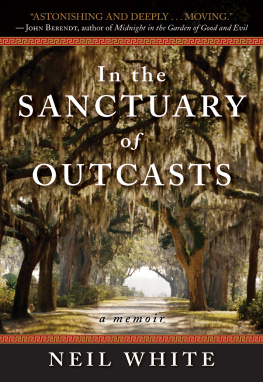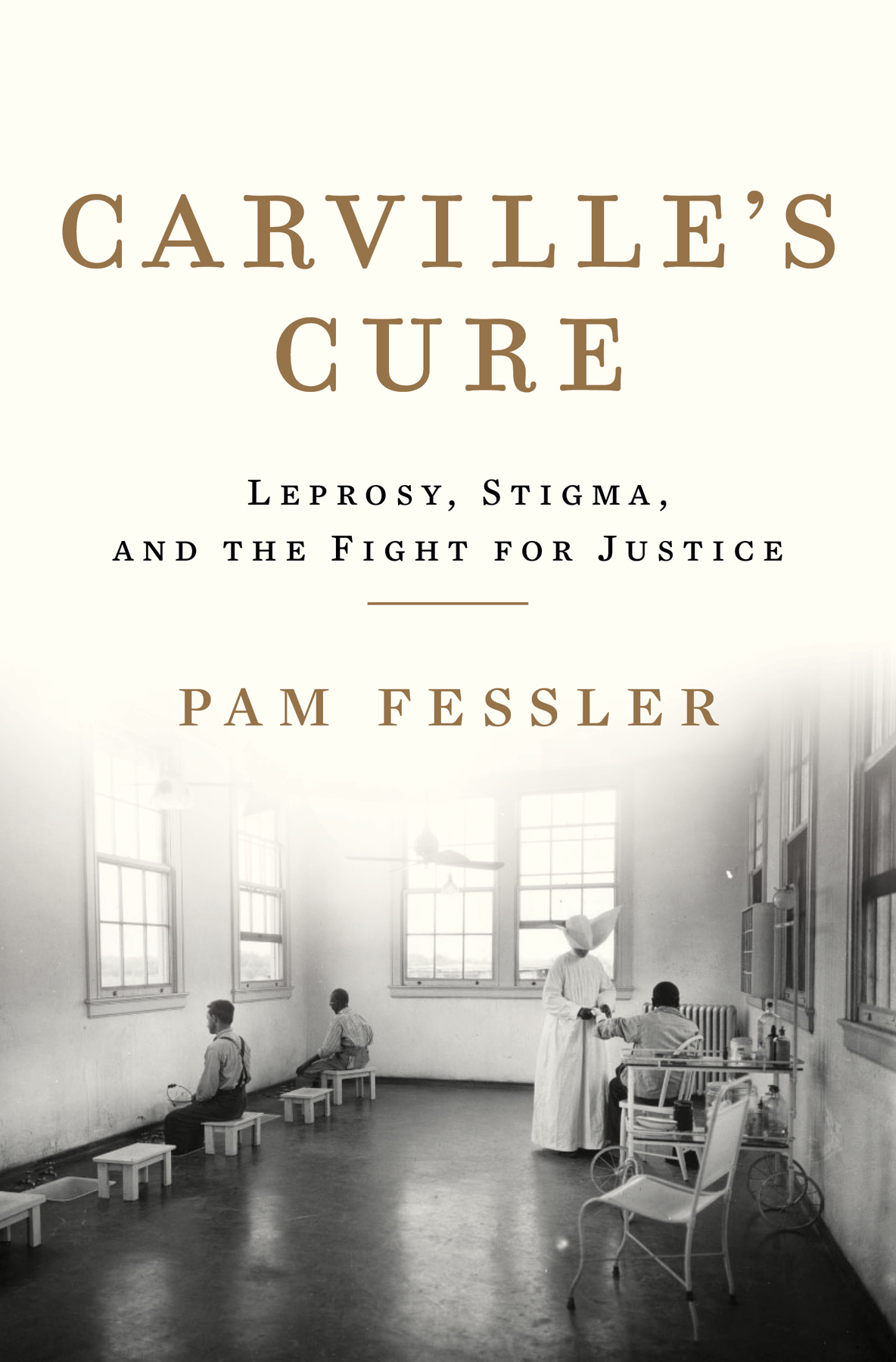Pam Fessler - Carvilles Cure: Leprosy, Stigma, and the Fight for Justice
Here you can read online Pam Fessler - Carvilles Cure: Leprosy, Stigma, and the Fight for Justice full text of the book (entire story) in english for free. Download pdf and epub, get meaning, cover and reviews about this ebook. year: 2020, publisher: Liveright, genre: Romance novel. Description of the work, (preface) as well as reviews are available. Best literature library LitArk.com created for fans of good reading and offers a wide selection of genres:
Romance novel
Science fiction
Adventure
Detective
Science
History
Home and family
Prose
Art
Politics
Computer
Non-fiction
Religion
Business
Children
Humor
Choose a favorite category and find really read worthwhile books. Enjoy immersion in the world of imagination, feel the emotions of the characters or learn something new for yourself, make an fascinating discovery.

- Book:Carvilles Cure: Leprosy, Stigma, and the Fight for Justice
- Author:
- Publisher:Liveright
- Genre:
- Year:2020
- Rating:4 / 5
- Favourites:Add to favourites
- Your mark:
Carvilles Cure: Leprosy, Stigma, and the Fight for Justice: summary, description and annotation
We offer to read an annotation, description, summary or preface (depends on what the author of the book "Carvilles Cure: Leprosy, Stigma, and the Fight for Justice" wrote himself). If you haven't found the necessary information about the book — write in the comments, we will try to find it.
The unknown story of the only leprosy colony in the continental United States, and the thousands of Americans who were exiledhidden away with their shameful disease.
The Mississippi River between Baton Rouge and New Orleans curls around an old sugar plantation that long housed one of Americas most painful secrets. Locals knew it as Carville, the site of the only leprosy colony in the continental United States, where generations of afflicted Americans were isolatedoften against their will and until their deaths.
Following the trail of an unexpected family connection, acclaimed journalist Pam Fessler has unearthed the lost world of the patients, nurses, doctors, and researchers at Carville who struggled for over a century to eradicate Hansens disease, the modern name for leprosy. Amid widespread public anxiety about foreign contamination and contagion, patients were deprived of basic rightsdenied the right to vote, restricted from leaving Carville, and often forbidden from contact with their own parents or children. Neighbors fretted over their presence and newspapers warned of their dangerous condition, which was seen as a biblical curse rather than a medical diagnosis.
Though shunned by their fellow Americans, patients surprisingly made Carville more a refuge than a prison. Many carved out meaningful lives, building a vibrant community and finding solace, brotherhood, and even love behind the barbed-wire fence that surrounded them. Among the memorable figures we meet in Fesslers masterful narrative are John Early, a pioneering crusader for patients rights, and the unlucky Landry siblingsall five of whom eventually called Carville homeas well as a butcher from New York, a 19-year-old debutante from New Orleans, and a pharmacist from Texas who became the voice of Carville around the world. Though Jim Crow reigned in the South and racial animus prevailed elsewhere, Carville took in people of all faiths, colors, and backgrounds. Aided by their heroic caretakers, patients rallied to find a cure for Hansens disease and to fight the insidious stigma that surrounded it.
Weaving together a wealth of archival material with original interviews as well as firsthand accounts from her own family, Fessler has created an enthralling account of a lost American history. In our new age of infectious disease, Carvilles Cure demonstrates the necessity of combating misinformation and stigma if we hope to control the spread of illness without demonizing victims and needlessly destroying lives.
Pam Fessler: author's other books
Who wrote Carvilles Cure: Leprosy, Stigma, and the Fight for Justice? Find out the surname, the name of the author of the book and a list of all author's works by series.

